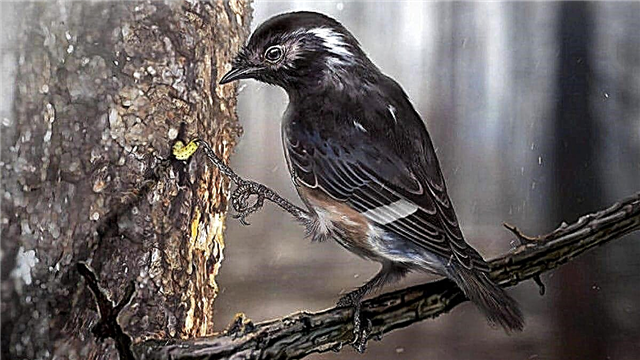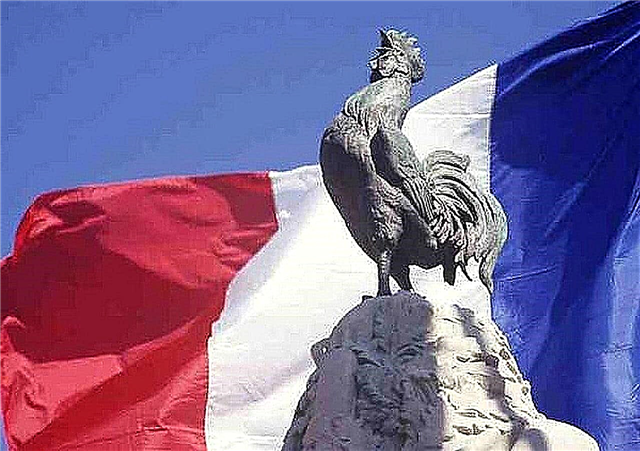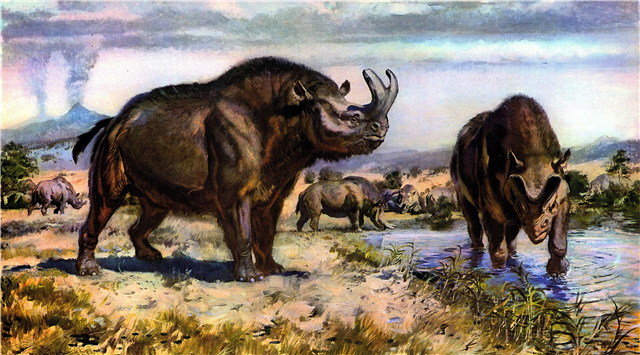
Unusual rainbow-colored material was found in the stomach of a tardigrades. It was discovered by one of the biologists by examining the animal under a microscope.
Rafael Martin-Ledo is engaged in biological research. Examining a miniature invertebrate organism called a tardigrades under a microscope, the scientist saw beautiful crystals of various shades in his stomach. It should be noted that the body size of Tardigrades is so small that it is almost impossible to consider them in detail. An organism with a length of only a few hundred micrometers has long been known in science.
Tardigrades are able to fall into anabiotic sleep for several years, and after its completion they easily wake up and continue active work. In addition, these representatives of invertebrates are very hardy. They remain viable for an hour spent in boiling water and about 24 months in cold conditions, with temperature indicators of liquid nitrogen.
Now the researcher Rafael Martin-Ledo cannot yet answer the question of what kind of multi-colored crystals are inside the studied tardigrades. It is planned to conduct a full-fledged study of the microscopic organism, but for now, scientists can only make assumptions about the origin and structure of shiny stones. The same Martin-Ledo argues that the discovered substances may well be pieces of aragonite.This mineral is the basis of the oral organs of the microorganism.
Two sharp elements help animals "bite through" the shell of the algae, the flesh of which they feed, and protozoa. The life cycle of tardigrades consists of several stages. One of them is the stage of disposal of old organs, including solid elements located in the oral cavity.
According to Martin-Ledo, the luminous crystals in the stomach of the tardigrades are swallowed dental elements. The scientist believes that during another molt, an invertebrate animal accidentally swallows its jaws. At the same time, the researcher denies the fact that the tardigrades could eat their relative. He says that these microorganisms are not prone to eating each other. They take food by sucking nutrients from algae and other aquatic cultures.
Molecular biologist Kazuharu Arakawa, refers to the assumption of his colleague with a fair amount of skepticism. In his opinion, the slow-moving food apparatus is completely not intended for swallowing chitin and aragonite. In the process of molting, the microorganism ejects the jaw not inward but outward. Even assuming that aragonite glistens in the stomach of the tardigrades, he got there not at all because of the swallowing of the jaws. Most likely, the body swallowed them along with the algae that they feed on.












